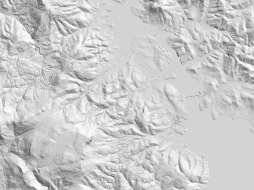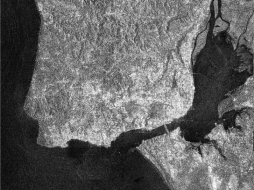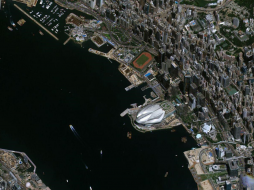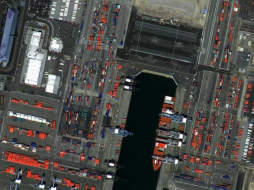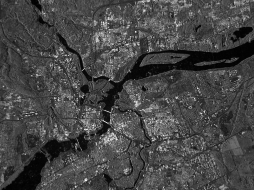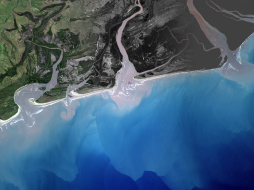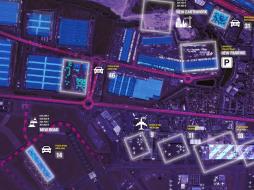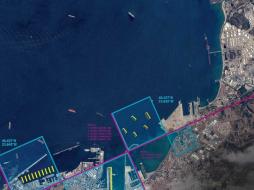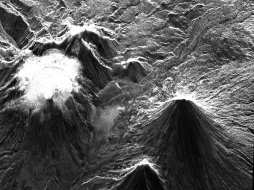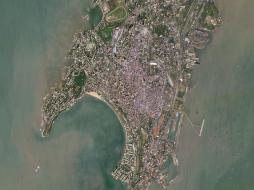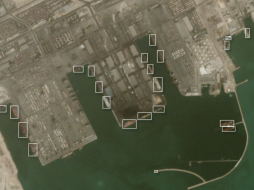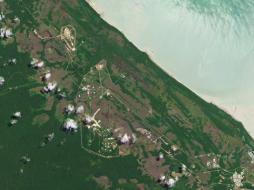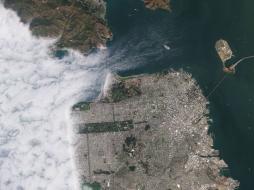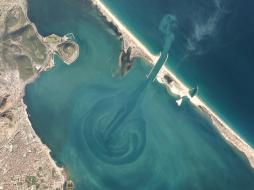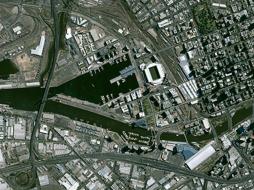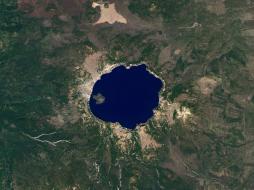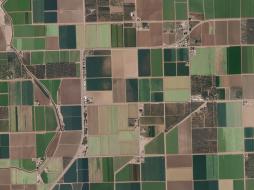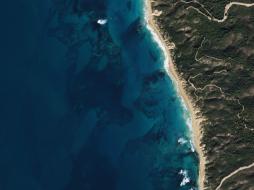Marine
cloudeo You have a plan and budget right now, which needs geo resources like data, software, or cloud resources within the next year, but you do not know exactly?... | Airbus Defense and Space Elevation4 provides highly accurate up to 3m vertical accuracy at 4m grid spacing elevation information anywhere in the world, independent of relief and weat... | SI Imaging Services KOMPSAT-5 Archive HR offers synthetic aperture radar (SAR) imagery in high-resolution mode with 0.85-meter resolution and a swath width of 5... |
SI Imaging Services Synthetic Aperture Radar (SAR) imagery in standard mode at 2.5-meter resolution and a swath width of 30 km offered by KOMPSAT-5 Archive ST.... | SI Imaging Services KOMPSAT-5 Archive WS offers synthetic aperture radar (SAR) imagery in wide-swath mode with 20-meter resolution and a swath width of 100 km.... | SI Imaging Services KOMPSAT-5 Tasking offers the latest synthetic aperture radar (SAR) imagery with up to 0.85-meter resolution in 3 different acquisition modes... |
HySpeed Computing LandMask is a geoservice that explicitly masks land and other non-aquatic components, such as vegetation, snow and ice, from water in each s... | Airbus Defense and Space OneAtlas Analytics leverages premium Airbus satellite imagery, AI, and cloud computing technologies to extract actionable insight fast, in a cost-effective w... | Airbus Defense and Space OneAtlas Data is a unique place for quick and easy access to updated High resolution satellite imagery and layers at your fingertips. Based on the Airbus con... |
Racurs Simplify frequently used workflows with a rich library of professional synthetic aperture radar (SAR) processing tools with PHOTOMOD Radar c... | Planet Power your applications and analytics with seamless Planet Basemaps built from the most recent imagery over broad areas. With daily, global imaging, Planet s... | Planet Frequent, global imagery is a powerful source of truth. But harnessing that data can be challenging, even for the most seasoned users, and manual, time-inten... |
Planet Frequent, global imagery is a powerful source of truth. But harnessing that data can be challenging, even for the most seasoned users, and manual, time-inten... | Planet Access and download past imagery from the PlanetScope Archive catalogue over any area of interest. PlanetScope satellites capture daily imagery going back to... | Planet Stay ahead in today’s rapidly evolving business landscape with a persistent view of business operations and assets – everywhere on Earth. But traditional ima... |
Planet Select 10,000km² of PlanetScope satellite imagery al a carte. Perfect for projects with strict scopes and deadlines, customers can pre-pay for imagery, past... | Airbus Defense and Space Pleiades is an optical satellite constellation providing very high-resolution products (50cm) with a 20-km swath. Both the space and the ground segment have... | Sparkle Have you always wanted to use AWS but didn't want to run over budget? Then Prepaid AWS Cloud is for you. Prevent cost overruns by pre-purchasing just the amo... |
Planet Access the rich archive of imagery from the longest running satellite in the Planet catalogue, RapidEye. Perfect for a “high level” overview, the 5-meter res... | Planet With an industry-leading combination of coverage and cadence, Planet delivers Earth imaging data at unprecedented scale. Planet’s 15 SkySat satellites gather... | Planet Get a snapshot of your area of interest to discover patterns, detect early signals of change, and make timely, informed decisions. With 15 SkySat satellites... |



